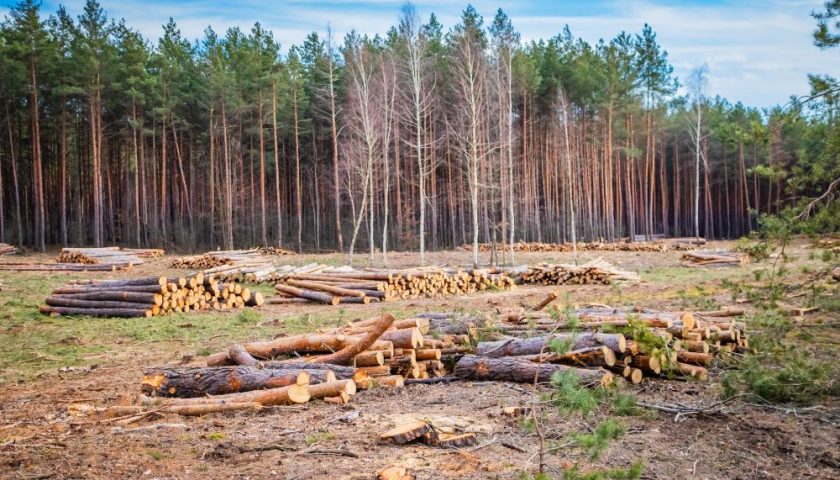This year, heat records have been broken all over the world. During the summer, over 60% of Europe was in danger of serious drought, the highest threat it has ever seen. Climate change has led to temperatures being so high that forgotten places started re-emerging. In the Switzerland, a mountain pass unseen since Roman times came to light after the glacier covering it melted. In Wales, an entire town submerged in 1880 resurfaced after the water reservoir dried up.
“When it comes to climate change the travel industry needs to change its approach to ‘summer holidays’ if it doesn’t want to get caught out in the cold”, says Belvera Partners, a PR firm for travel companies.
1. Changing destination preferences
Climate experts are predicting that many places popular with tourists soon will be scorching hot every summer. What does this mean for a tourism industry largely based around summer peak season visitors? Winter could become the preferred time to travel to the well-known destinations. Alternatively, people could choose new destinations altogether, where the climate is more bearable.
This summer, for example, travellers’ satisfaction increased in the UK, but decreased in other popular destinations like Spain, Greece and France.


During this summer’s heatwave, visitors were a lot less satisfied with their travel experience in Europe, indicates Carlos Cendra, Sales and Marketing Director at travel intelligence provider Mabrian. Favourable weather conditions have been a driving factor for tourism development in hundreds of vacation destinations in the Mediterranean and North Africa. “Now this is changing, and faster than we thought. This is probably going to change global travel trends within the next years, so we’d better analyse the effects of this on the expectations and preferences of travellers”, he added.
2. Hotels and resorts should adapt
Matthew Chapman, CTO of travel booking technology provider Vibe believes “online travel agents and other digital points of sale for travel should consider adding a filter that lets people search by average temperatures for the dates they are looking”. Moreover, hotels, experiences providers, even airlines and airports could all start providing information about air conditioning, shaded areas and other temperature related features. Since more and more people will be concerned by such details at the search and booking stage, he says these features should be “searchable and filterable in the booking process”.
If anyone thinks that hotter weather is good news for traditional beach destinations then they should think again.
Carlos Cendra, Sales and Marketing Director Mabrian
Hotels and other accommodation establishments will need conduct research needed around how temperatures impact consumer demand and adjust their prices accordingly, says Alex Barros, Chief Marketing and Innovation Officer at Beonprice, a revenue management & total profitability platform for the hospitality sector. “All of this will of course impact how hoteliers approach building and opening new properties too, not just location but temperature-controlled buildings and communal areas”, he added.
Unlike hotels and luxury resorts who can afford to equip their establishments with air conditioning and other functionalities, for mass-market tourism providers with low margins the cost of upgrading could make the difference between profit and loss, says Fabián Gonzalez, Co-Founder of Forward_MAD, a luxury tourism event taking place in Madrid from 5th to 7th October. However, “‘wintering’ rather than ‘summering’”, could ease the burden on smaller establishments, with a limited number of rooms, who could fill up the entire year, rather than a few months.
Besides the indoor upgrades, Bruno Martins, Senior Product Manager from global hospitality technology provider Shiji Group, says hotels will need to rethink their outdoors areas as well. He believes outdoor pools may come to an end, unless they are protected by some sort of cover. For golf courses, which cannot be entirely covered, the chances of survival are even slimmer.
From a revenue management perspective for hoteliers this is a potentially enormous change as pricing for leisure travel has all been defined by the same summer peak season approach since the beginning of mass tourism in the 1960s.
Alex Barros, Chief Marketing and Innovation Officer at Beonprice
Martins’ advice for establishments is to adapt to night-time, or at least early morning and late evening, demand, which will be the new peak hours, and optimise revenue based on the new trends, possibly charging more for using facilities at certain times.
3. Short term effects
Despite the clear short term results seen in Europe, Janis Dzenis, Director of PR for the recently launched flight price comparison website WayAway, believes it will take a long time for the US travellers to adapt their habits. “For many US visitors to Europe this is a one-off, special trip – they aren’t basing their choice on previous experiences, but on what they saw in a movie or a friend told them. Any reality will take time to filter through”, Dzenis says.
“However in the short term all this recent hot weather around the world is driving eco-consciousness amongst travellers. So they´ll want to know what destinations and hotels are going to fight this and those that don’t have a convincing answer will gradually lose out. This will also drive more demand for travellers to offset their carbon footprint too and this is a service we offer to our WayAway Plus subscribers, one that is proving very popular”, Dzenis concluded.





